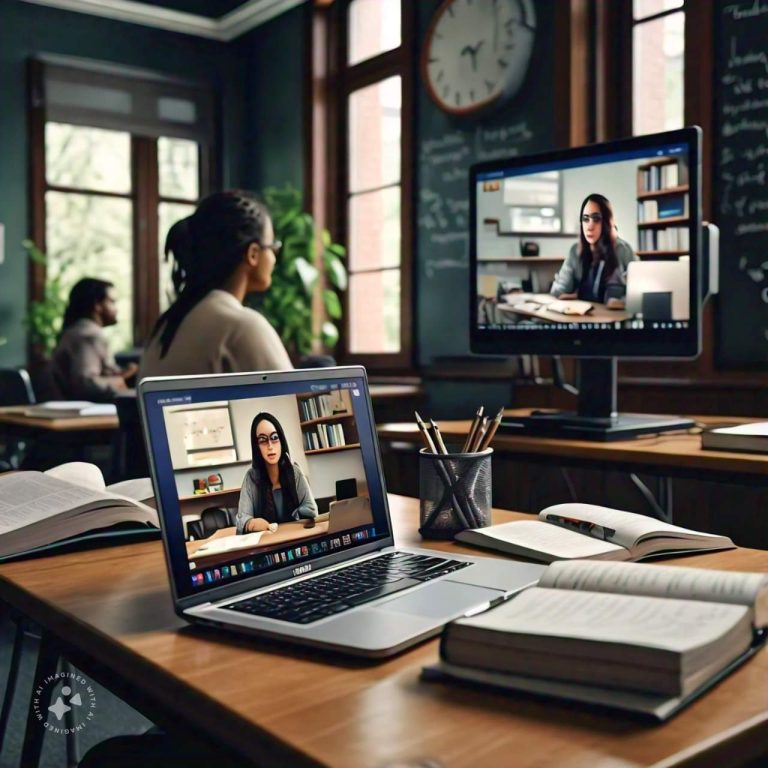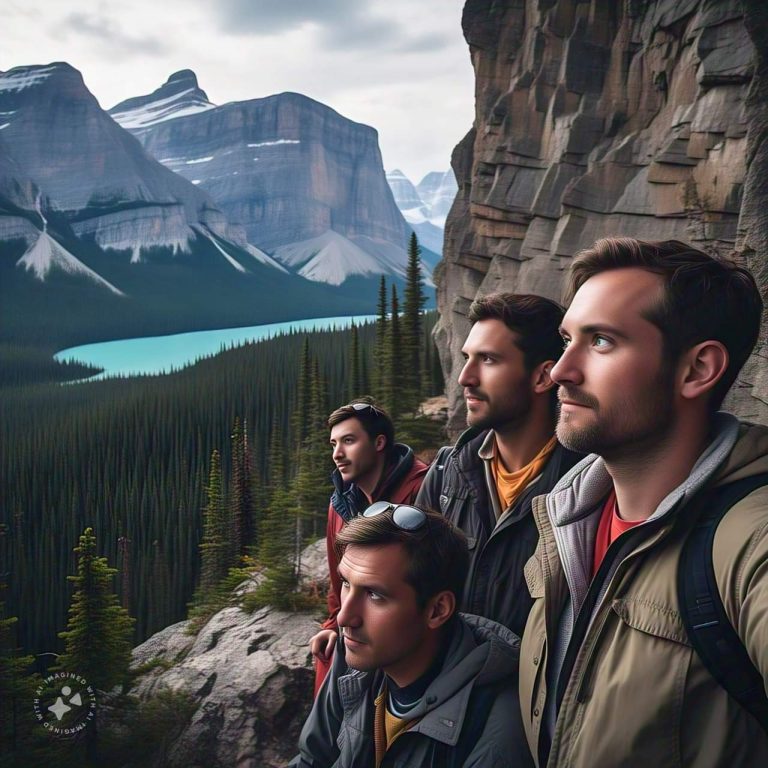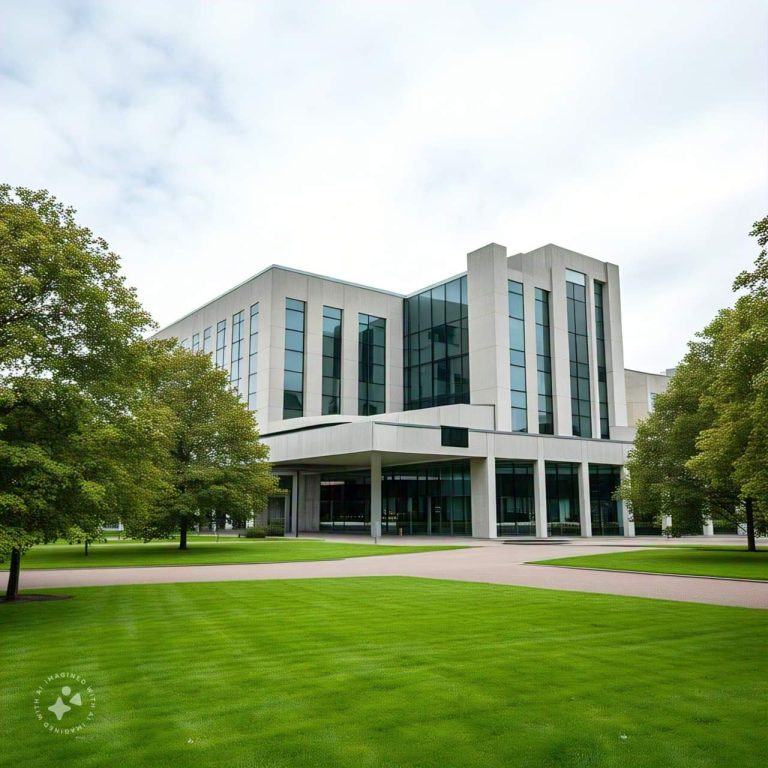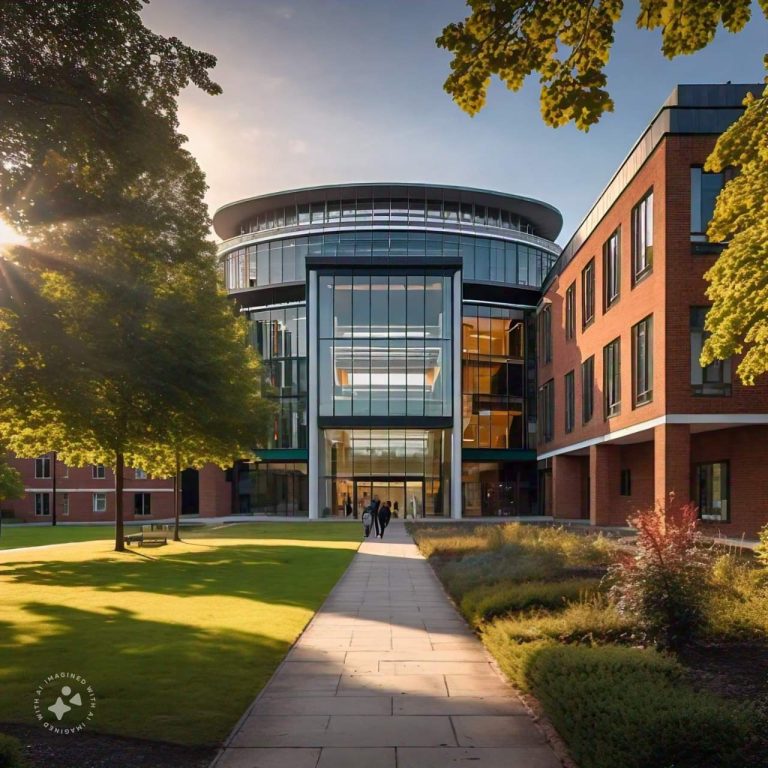Travel for Work and Study in the United States Guide 2025
Travel for Work and Study in the United States: Your Ultimate Guide
Embarking on a journey to work and study in the United States is an exciting opportunity for personal growth, cultural enrichment, and career advancement. For many international students and professionals, this venture begins with careful planning and understanding of the travel requirements, visas, study abroad programs, and work opportunities while studying. In this guide, we’ll explore everything you need to know about traveling for work and study in the U.S., offering tips and insights to ensure a seamless experience.
Why the United States?
The United States is a global hub for education and professional opportunities, hosting some of the world’s most prestigious universities and multinational corporations. Its diverse culture, advanced infrastructure, and robust job market make it a top destination for international students and workers. Travel to the U.S. opens doors to immersive experiences, cutting-edge research, and networking opportunities that can significantly enhance your academic and professional journey.
1. Understanding Visa Requirements
To travel for work and study in the U.S., securing the right visa is paramount. The type of visa you need depends on your purpose of visit.
a. Student Visas (F-1 and M-1)
The F-1 Visa is for academic students enrolled in universities, colleges, or high schools, while the M-1 Visa caters to vocational or non-academic programs.
Steps to Obtain an F-1 Visa:
- Acceptance by a SEVP-approved school: Secure admission and receive your Form I-20.
- Pay the SEVIS Fee: This fee funds the Student and Exchange Visitor Information System.
- Complete Form DS-160: Submit your online nonimmigrant visa application.
- Schedule a Visa Interview: Attend an interview at your local U.S. embassy or consulate.
- Prepare Documentation: Include your passport, Form I-20, proof of financial support, and academic transcripts.
b. Work Visas (H-1B, J-1, and OPT)
For those looking to work while studying, visas such as the H-1B (specialty occupations) or J-1 (exchange visitors) may apply. Optional Practical Training (OPT) also allows F-1 students to work in their field of study for up to 12 months after graduation.
2. Travel Tips for International Students
Traveling to the U.S. for the first time can be overwhelming. Proper preparation ensures a smooth transition.
Before You Travel
- Arrange Finances: Open a bank account or carry sufficient funds for initial expenses.
- Check Baggage Policies: Adhere to airline luggage guidelines to avoid additional fees.
- Secure Housing: Arrange accommodation close to your institution or workplace.
- Familiarize Yourself with U.S. Customs: Understand prohibited items and customs declarations.
Travel Documents Checklist
- Valid passport with visa stamp
- SEVIS Form I-20 or DS-2019
- Proof of financial resources
- Emergency contact details in the U.S.
3. Study Abroad Programs in the United States
The U.S. offers diverse study programs tailored to international students. From undergraduate degrees to advanced research opportunities, the options are vast.
a. Short-Term Study Abroad Programs
Many universities offer exchange programs, allowing students to spend a semester or year abroad. These programs often have partnerships with global institutions, simplifying credit transfers.
b. Full-Degree Programs
For students seeking a complete educational experience in the U.S., enrolling directly in an undergraduate or graduate program is ideal. Top fields of study include technology, business, healthcare, and engineering.
Popular Universities for International Students:
- Massachusetts Institute of Technology (MIT)
- Stanford University
- University of California, Berkeley
- Harvard University
- Columbia University
4. Working While Studying
Balancing work and studies in the U.S. is feasible with the right visa and planning. International students can work part-time on-campus or off-campus under specific conditions.
On-Campus Employment
- Limited to 20 hours per week during the semester and full-time during breaks.
- Roles include library assistants, research aides, and administrative jobs.
Off-Campus Employment Options:
- Curricular Practical Training (CPT):
Enables students to gain work experience related to their field of study. - Optional Practical Training (OPT):
Allows work opportunities for up to 12 months post-graduation, with a STEM extension of 24 months for eligible fields.
Working Without Violating Visa Terms
Ensure your employment complies with visa regulations to avoid penalties or deportation. Consult your institution’s Designated School Official (DSO) for guidance.
5. Cultural Adjustment and Networking
Travel to a new country involves cultural adaptation, which can be both exciting and challenging.
Adjusting to U.S. Culture
- Embrace Diversity: The U.S. is a melting pot of cultures, so open-mindedness is key.
- Understand Academic Expectations: U.S. universities encourage critical thinking and active participation.
- Explore the Community: Join student organizations or cultural clubs to build connections.
Building a Professional Network
- Attend Career Fairs: Universities often host events connecting students with employers.
- Utilize LinkedIn: A powerful tool for networking and job hunting in the U.S.
- Engage in Internships: Practical experience enhances your resume and industry insights.
6. Financing Your U.S. Education
Studying in the U.S. can be expensive, but scholarships, grants, and part-time work can alleviate costs.
Scholarship Opportunities
Many U.S. universities and private organizations offer scholarships based on merit, need, or specific criteria such as nationality or field of study.
Examples of Scholarships:
- Fulbright Program
- Hubert H. Humphrey Fellowship
- Institute of International Education (IIE) Scholarships
Budgeting Tips
- Track expenses using mobile apps.
- Opt for public transport or student discounts for commuting.
- Cook meals at home instead of dining out frequently.
7. Legal Rights and Responsibilities
Understanding your rights and obligations is essential while living and working in the U.S.
Student Rights
- Freedom from discrimination in education and employment.
- Right to privacy of academic and personal records.
Responsibilities:
- Maintain valid immigration status.
- File taxes for any income earned in the U.S.
- Abide by local and federal laws.
8. Post-Graduation Opportunities
Traveling to the U.S. for study often leads to exciting career paths.
Stay and Work After Graduation
Through programs like OPT and H-1B visas, graduates can extend their stay in the U.S. and gain valuable work experience.
Pursuing Permanent Residency
Some graduates transition to Green Card holders through employment or family sponsorship.
Final Thoughts
Travel for work and study in the United States offers transformative experiences and countless opportunities for growth. By understanding the visa process, exploring study programs, and leveraging work opportunities, you can make the most of your time in this dynamic country. Proper planning and preparation ensure a rewarding and enriching journey.
Whether you’re packing your bags for the first time or seeking advanced career options, the U.S. promises a world of possibilities. Your travel adventure begins with a single step—start preparing today!






